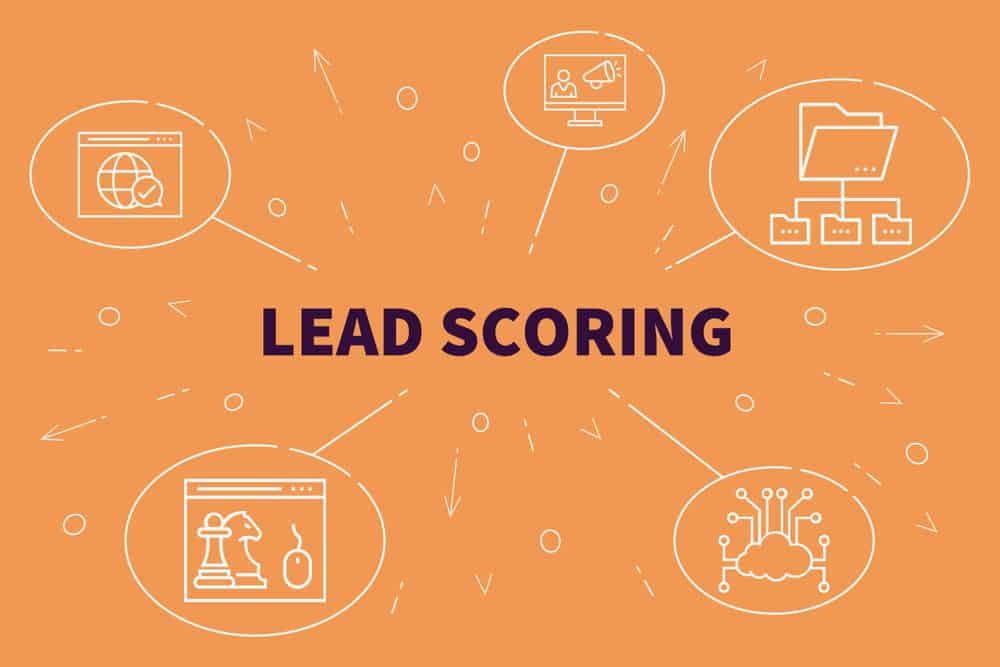
How Lead Scoring Can Help Your Business?
What is Lead Scoring?
Lead scoring is a methodology used to determine how likely, from 1-100, a lead is to buy. Lead scoring is an essential business process that involves collaboration between marketing and sales teams.
Most importantly, you can implement lead scoring to assist the alignment of sales and marketing teams. This process helps both teams prioritize and organize leads. It also boosts the rate at which leads become won customers.
Why is Lead Scoring Important?
Streamline your time and impact – by harnessing the power of automation within your CRM and database. Your teams (marketing and sales) can streamline their time and impact the flow of the business’s revenue pipeline.
Ensure the right conversation at the right time – Lead scoring helps make sure your team knows when a lead is “raising their hand” and wants to have a conversation about your offering and when they are “still browsing” and need additional nurturing. This helps you avoid having a sales conversation too early or missing the opportunity when it was ready.
Further align marketing and sales – to establish the criteria and behaviors that impact your lead scoring method, you must involve both your sales and marketing team leads. Only through their input and agreement can you begin to outline the framework of how you should prioritize your leads.
How You Can Apply Lead Scoring
Decide whether or not your organization would actually benefit from a lead scoring system.
If you currently have no need for business leads or have a sales team that won’t call them even if they get them, then going through the effort to create and implement a lead scoring practice will be a waste of time. If that’s your current situation, you can skip the rest of this post.
Make sure you have the necessary data to review and calculate accurate scores for your leads.
You need to be able to gather demographic information as well as data on how prospects interact with your digital website and content. At the very least, make sure you have some sort of website analytics set up.
Identify the criteria that define a Marketing Qualified Lead.
MQL “a lead judged more likely to become a customer compared to other leads based on lead intelligence.” This is where your organization’s unique customer base, sales cycle, and key differentiators come into play.
Establish ways to capture and monitor those criteria through your marketing efforts.
Whether that involves signing up for a marketing automation platformor simply updating the forms on your site to capture more information that relates directly to your established criteria, make sure you can track the type of people that visit your site.
Assign point values to your chosen criteria.
Now that you know what actions identify quality leads and you can monitor those actions on your website, go back through your documentation and begin assigning point values to those actions based on how much they influence the quality of a lead.
Determine the score that indicates a sales-ready lead.
Once your scoring is in place, determine the threshold someone must reach to be consider an MQL. Reviewing the scores of existing customers, does someone with a score of 65 out of 100 usually convert, or do they need to be closer to 85 or 90?
Track the lead scores.
Whether this is done manually through Excel (not recommended) or through a marketing automation platform, make sure you track leads so you can kick them over to sales once they reach MQL status.
Assess and update.
Your sales and marketing teams should be meeting regularly to asses the performance of the lead scoring system and the quality of leads delivered to sales. If tweaks are needed, they should be made and then re-assessed at the next meeting. Continue this pattern to evolve your lead scoring system for the better.




